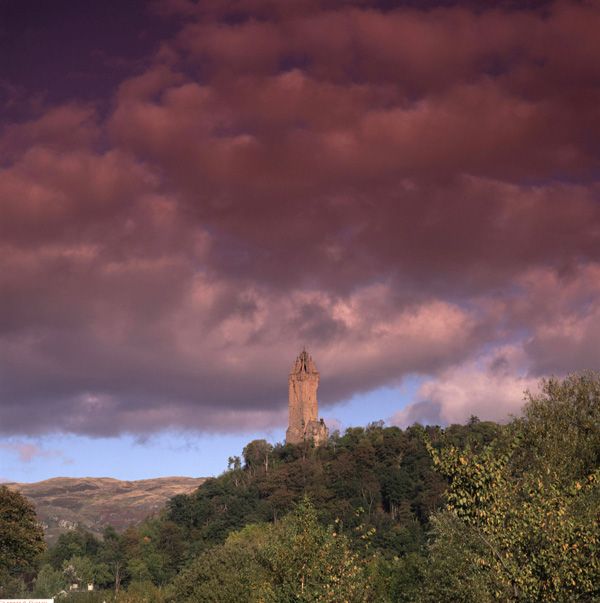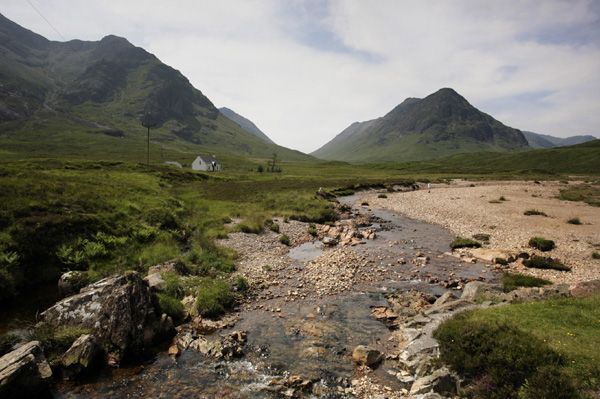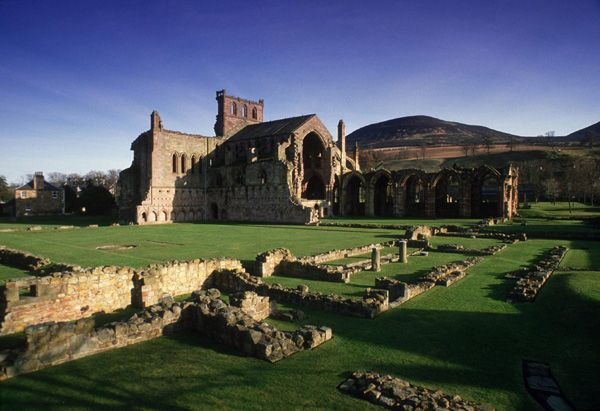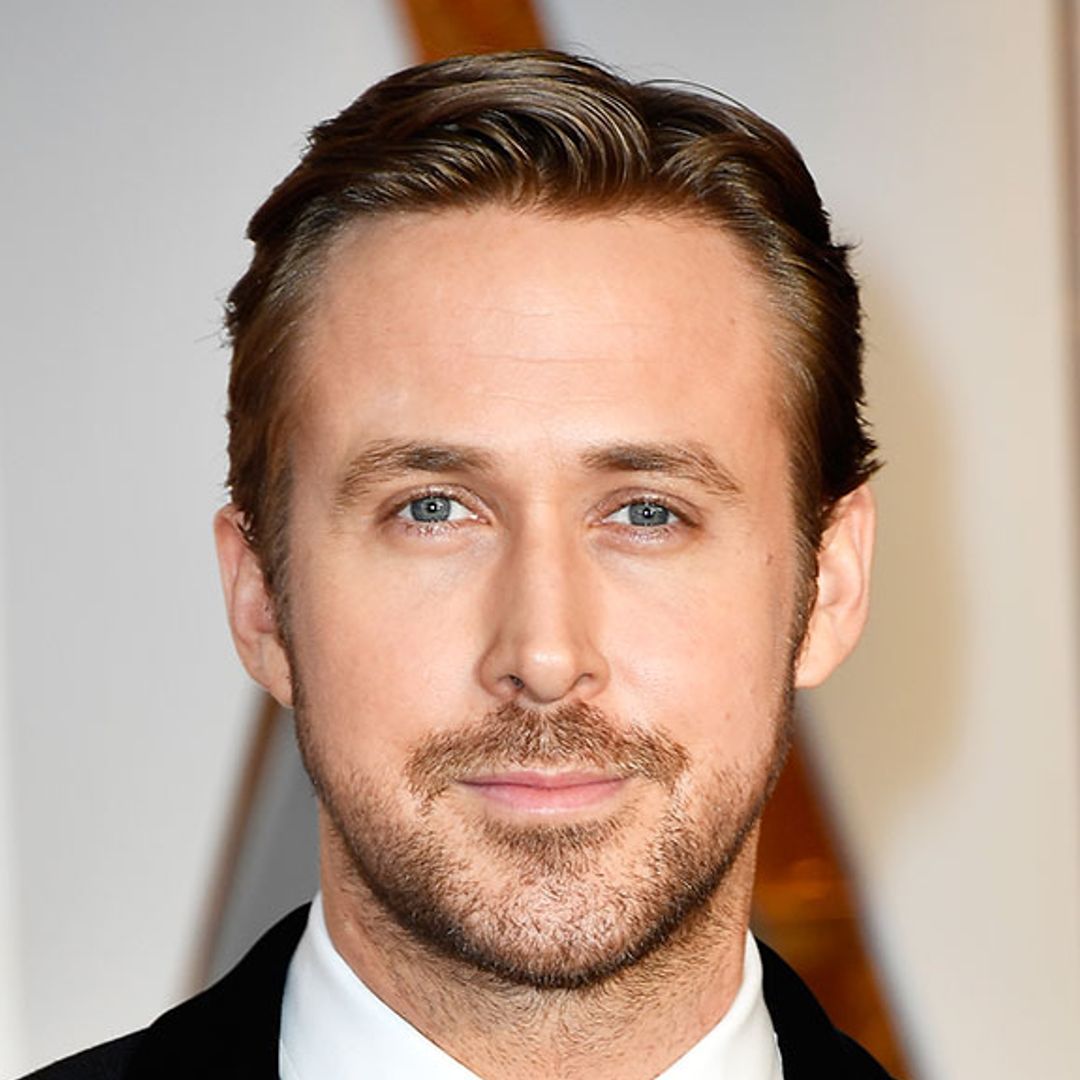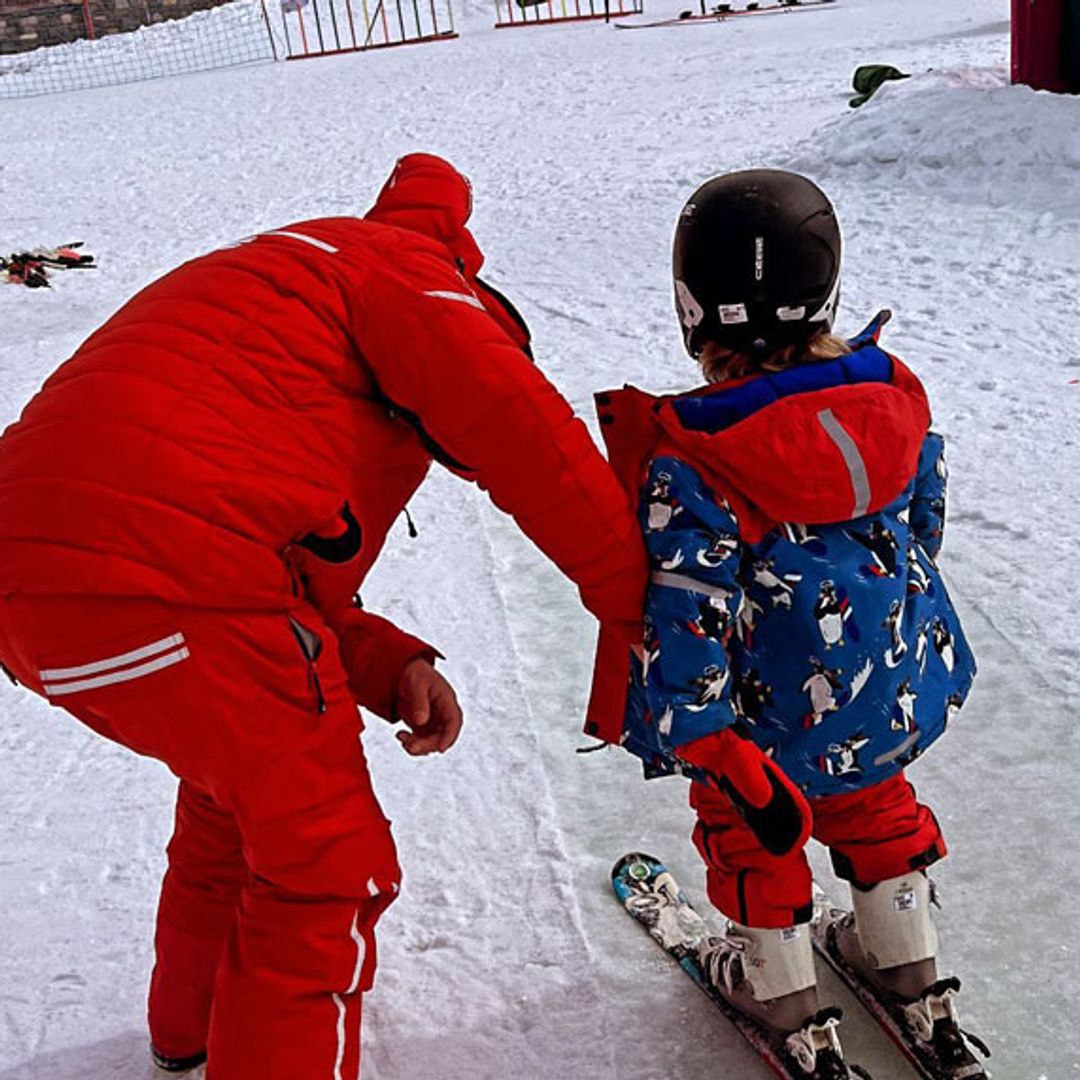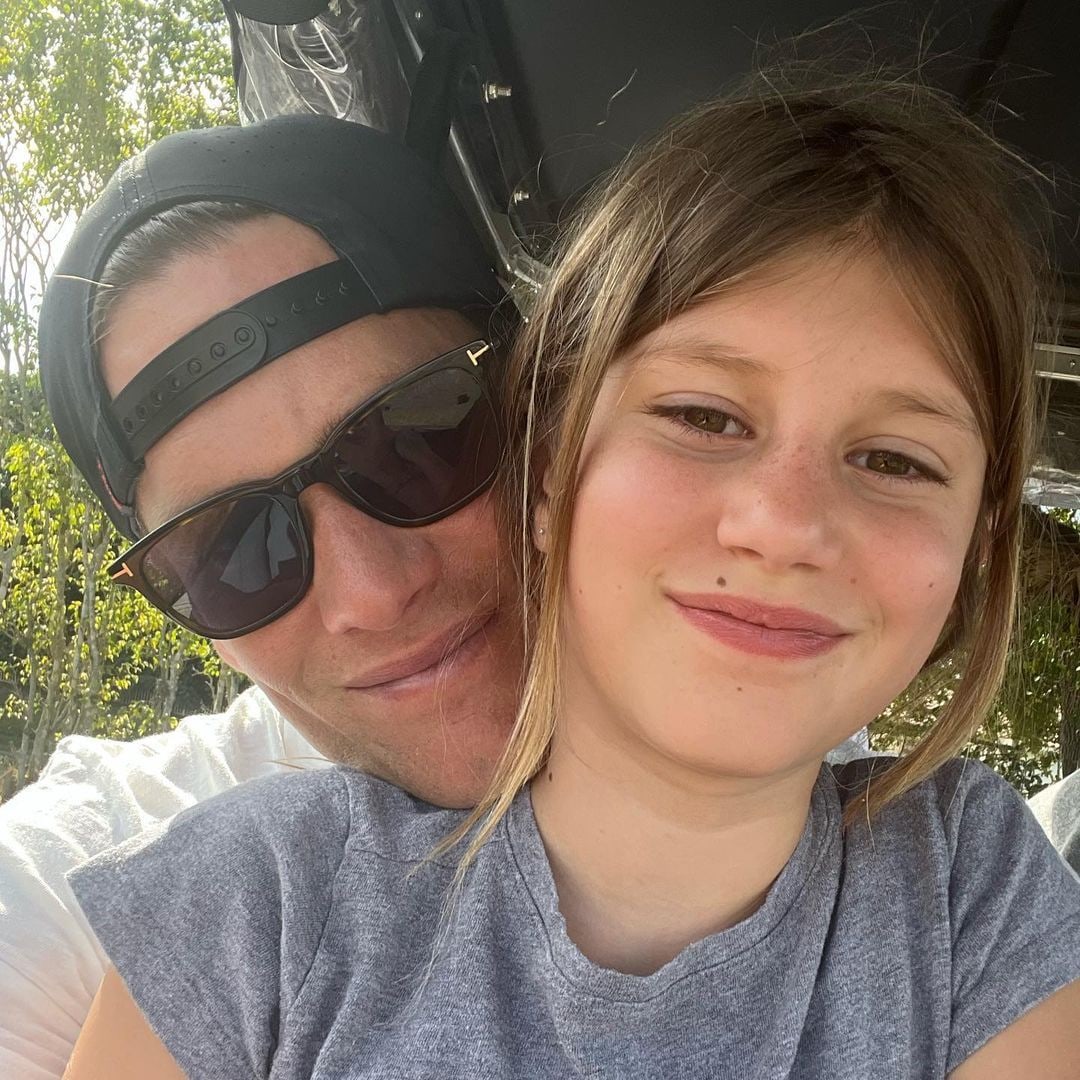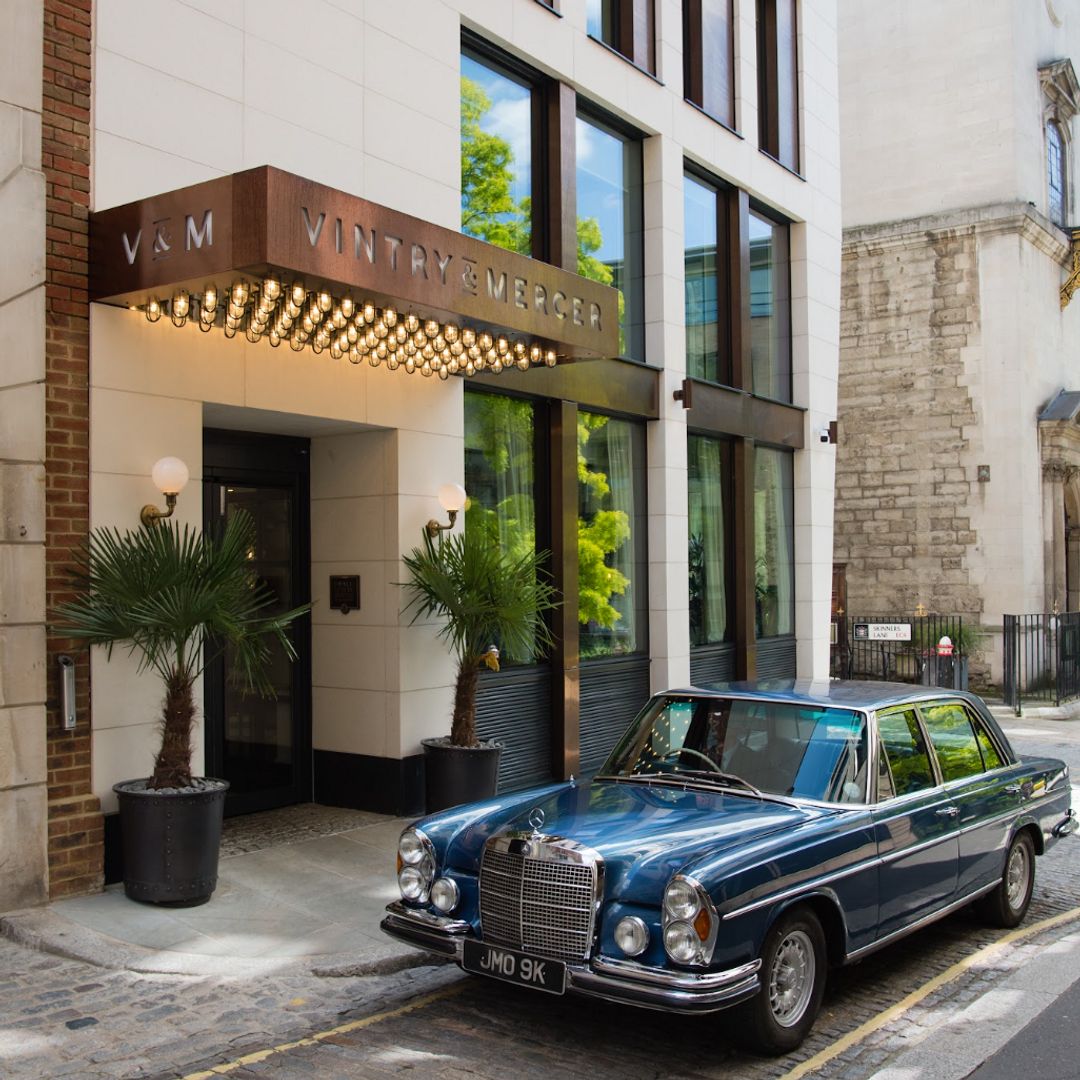"Wallace made Scotland; he is Scotland: he is the symbol of all that is best and purest and truest and most heroic in our national life." with these words, R.B. Cunninghame Graham, the great Scottish politician and founder of the Scottish National Party made clear the enormous importance of the mythical hero of Braveheart, the 1995 award-winning film starring and directed by Mel Gibson.
And he wasn't exaggerating. The memory of the man who defied King Edward I, the English king known as Longshanks, is apparent all across Scotland and in the nation's hearts. And no doubt the great success of Braveheart – winner of five Oscars – helped to further this international myth. The story has all the elements that make a great film: it's a story of love and patriotism, with a generous dose of divided loyalties and heroism, and, of course, it's set against the dramatic scenery of the Highlands.
There are endless possible starting places for those who want to follow in the footsteps of Wallace, but a good place that corresponds to both the film and the real-life biography are the lands around Glasgow, in the southwest of Scotland. Although the hero's origins are uncertain, tradition says he was born around 1270, in the village of Elderslie, Renfrewshire and grew up in Stirling, gateway to the Highlands.
On the outskirts of the city stand the ruins of Cambuskenneth Abbey, an important location in the story while, from the ramparts of Stirling castle you get a fine view out over the great river Forth, with the Ochil Hills as a backdrop. If the weather is on your side, you'll see through the fog to the Gothic tower of the National Wallace Monument standing proud on the wooded slopes of Abbey Craig, recalling the Battle of Stirling Bridge, the great military victory of Wallace in 1297, and honouring not just Wallace, but other sons of Scotland: Robert the Bruce, Rabbie Burns, Adam Smith, Sir Walter Scott...
But perhaps the Braveheart story really begins in Lanark, where Wallace met his true love Marion Braidfute and made her his bride in the church of St Kentigern whose ruins remain a favourite site among lovers. It was also in Lanark that, in the words of the memorial stone marking the site of the couple's home, Wallace "first drew sword to free his native land." Of course he had fought the English on many occasions before that, but this was a turning point in the story as he avenged the murder of his wife by killing Sheriff Hazelrig and his men at Lanark Castle.
Over on the east coast, Edinburgh makes a good alternative starting point for your explorations. There, Edinburgh Castle's imposing main gates are flanked by two statues. The first, Robert the Bruce, is the narrator of Braveheart while the statue of Wallace himself, shield and sword in hand, is said to have inspired Randall Wallace to write the script after he saw the surname and began to investigate his namesake, the great hero of Scotland.
Just an hour or so south by car by brings you to the Scottish Borders, the wild frontier lands that have inspired so many stories and that became the home of Wallace and his men. Today, the exploits of the hero still echo across this rolling countryside dotted with sheep, where the Tweed meanders past medieval gems such as the ruined abbeys of Melrose and Dryburgh. Here, between the towns of Moffat and Selkirk, the dense forest of Ettrick, was Wallace's kingdom and, a tribute in stone among oaks and mountains, is the nearby Dryburgh Wallace Monument, a six-foot statue of Scotland's most famous son looking out over the river Tweed.
Of course Wallace was betrayed and died in London at the hands of the English: he was hanged, drawn and quartered, his head stuck on a spike on London Bridge and the remnants of his body sent to different locations in the north to discourage the Scots. But some say the monks of Cambuskenneth retrieved one quarter of the mutilated body and took it to be buried in the Abbey grounds, in the lands of his childhood. And if this is no more than legend, in 2005, a symbolic burial, complete with coffin, was held for the spirit of Wallace at Kentigern church.
Perhaps no physical burial place was needed, though. As Cunninghame Graham said, "[Wallace] is a man whose memory can never die. So long as grass grows green, or water runs, or whilst the mist curls through the corries of the hills, the memory of Wallace will live." And perhaps the memorial Wallace himself would favour is to be found a dozen miles from Stirling, at Bannockburn, where in 1314, Robert the Bruce won the long-awaited independence for Scotland. Here, on the hill where the king placed his banner, stands a stone circle around a huge Scottish flag with the cross of St. Andrew. Just a few steps away, an equestrian statue of Robert the Bruce scans the horizon, as if standing vigil for the freedom so hardly won.
Learn more: Tourism in Scotland

